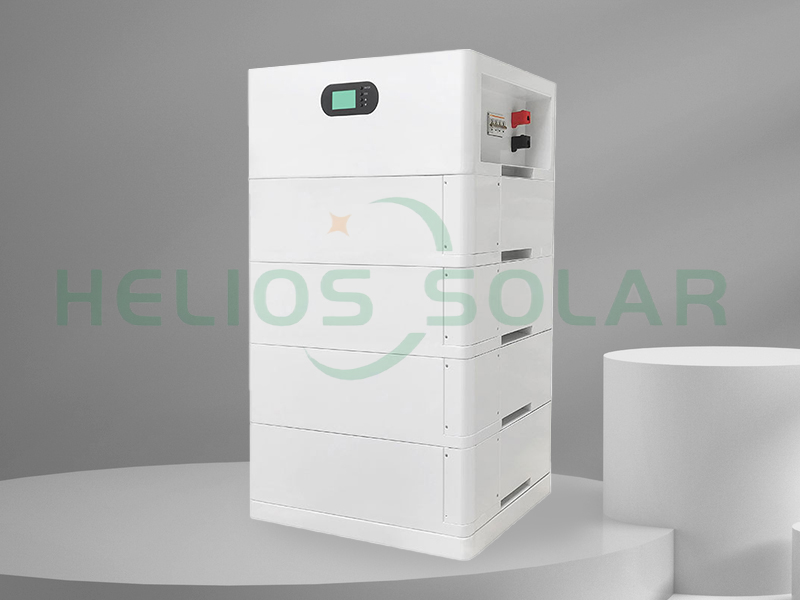Demand for renewable energy has skyrocketed in recent years due to growing concerns over climate change and the need for sustainable energy. Therefore, much attention has been paid to developing efficient energy storage solutions that can store and supply power on demand. One of these breakthrough technologies is the stackable battery system, which offers a promising solution for energy storage applications. In this blog, we explore what stackable battery systems are and how they can revolutionize energy storage.
Learn about stackable battery systems:
Stackable battery systems refer to modular energy storage units that can be combined with other similar units to form larger systems. These systems are designed to be stackable both vertically and horizontally, allowing customization to the specific requirements of various applications. The modularity of the stackable battery system provides flexibility and scalability, making it highly adaptable to various energy storage needs.
Applications of stackable battery systems:
1. Household energy storage:
Stackable battery systems are widely used in residential applications where homeowners can benefit from storing excess electricity generated by solar panels or other renewable sources. Stacked batteries store power during the day and release it when needed, ensuring continuous power supply. Not only does this reduce reliance on the grid, it also helps homeowners save on energy bills.
2. Commercial and industrial applications:
Stackable battery systems have important applications in commercial and industrial areas where large amounts of energy need to be stored and readily available. These systems provide uninterruptible power supply (UPS) solutions to ensure uninterrupted operation, protect sensitive equipment, and mitigate the effects of power outages. In addition, stackable battery systems are used for load balancing, peak shaving, and demand response in industrial environments.
3. Electric vehicle charging infrastructure:
With the increasing popularity of electric vehicles (EVs), the need for efficient charging infrastructure increases. Electric vehicle charging stations use stackable battery systems to store power during off-peak hours and supply power during peak demand periods, effectively managing grid load. This enables EV owners to charge faster and more reliably while optimizing energy consumption and reducing stress on the grid.
Advantages of stackable battery systems:
- Scalability: The modular design of the stackable battery system can be easily expanded and customized, ensuring expansion according to different energy needs.
- Flexibility: The ability to stack cells vertically and horizontally makes these systems flexible and adaptable to different spaces and constraints.
- Redundancy: Stackable battery systems provide redundancy, which means that if one battery module fails, the remaining batteries will continue to function, significantly increasing the reliability of the system.
- Cost-effective: By storing surplus electricity during periods of low demand, stackable battery systems can reduce reliance on expensive grid energy, saving costs over time.
- Environmentally Friendly: By integrating renewable energy and reducing dependence on fossil fuels, stackable battery systems contribute to a greener, more sustainable future.
In conclusion
Stackable battery systems have revolutionized the way we store and use electrical energy. Their modular design, scalability, and adaptability make them ideal for a variety of applications, from residential energy storage to commercial environments and electric vehicle charging infrastructure. As the demand for renewable energy continues to grow, stackable battery systems will play a key role in ensuring a reliable and sustainable energy future.
If you are interested in stackable battery system, welcome to contact lithium iron phosphate battery factory Radiance to read more.
Post time: Sep-01-2023


